Bu Kun
Student @ Adekunle Ajasin University of Akungba, Akoko
HARRIET TUBMAN (BIOGRAPHY)
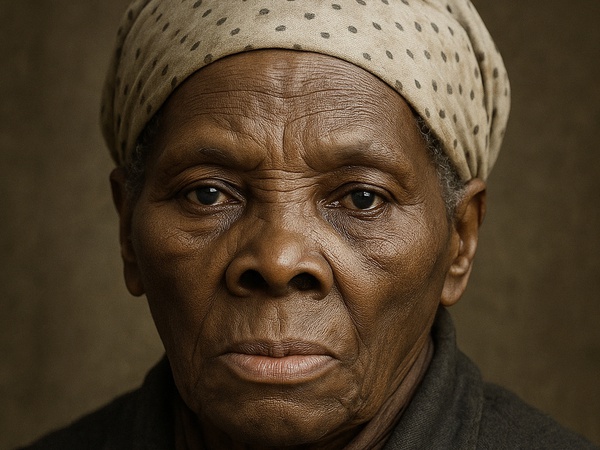
<p>Harriet Tubman was born around 1822 in Dorchester County, Maryland, under the name Araminta Ross. She was born into slavery, into a world that allowed her no control over her body, her time, or her family. From a young age, she was hired out to other households, often beaten and starved. As a child, she worked long hours in the fields and endured brutal treatment that would leave permanent scars on her body and soul.</p><p><br></p><p>One life-changing moment came when she was a teenager. She tried to protect another enslaved man from being beaten and, in the struggle, an overseer threw a heavy metal weight that struck her in the head. She nearly died. The injury left her with seizures, intense dreams, and a lifelong belief that she was receiving visions and messages from God. This spiritual clarity gave her both strength and direction.</p><p><br></p><p>In 1844, she married a free Black man named John Tubman. Even though he was free, Harriet remained enslaved. Their marriage was strained by their unequal status—and by Harriet’s growing hunger for freedom. In 1849, when she learned she might be sold farther south, she made a decision that would change her life and history itself: she ran.</p><p><br></p><p>Harriet escaped alone, traveling by night, using the North Star to guide her, sleeping in forests, and finding brief shelter in the homes of abolitionists. When she finally crossed into Pennsylvania and felt free soil beneath her feet, she later recalled, “There was such a glory over everything.” But even in that moment of triumph, she felt a painful truth: she was free, but her family and friends were still in chains.</p><p><br></p><p>So she went back.</p><p><br></p><p>Over the next decade, Harriet Tubman returned to the South at least 13 times, risking her life again and again to rescue others from slavery. She became a leading conductor on the Underground Railroad, a secret network of safe houses and allies. She used disguises, coded songs, and signals to stay one step ahead of slave catchers. She carried a pistol not only for protection, but as a grim promise—no one would be allowed to turn back and risk the group’s safety. Her courage was legendary, and her success unmatched. She never lost a single person on her missions.</p><p><br></p><p>Slaveholders placed a high bounty on her head, but she was never caught. Among those she rescued were siblings, nieces, nephews, and even her elderly parents, whom she led to freedom later in life. Those who knew her called her “Moses,” after the Biblical figure who led his people out of slavery.</p><p><br></p><p>When the Civil War erupted, Harriet didn’t remain on the sidelines. She joined the Union Army, serving as a cook, nurse, spy, and scout. She used her knowledge of Southern terrain to gather intelligence behind enemy lines. In 1863, she led an armed expedition along the Combahee River in South Carolina, helping free over 700 enslaved people in one night. She was the first woman in U.S. history to lead a military raid.</p><p><br></p><p>After the war, Harriet Tubman returned to Auburn, New York, where she settled with her family. Even in freedom, her work wasn’t done. She opened her home to the elderly and the poor, creating a refuge for those with nowhere else to go. She also became active in the women’s suffrage movement, giving speeches and marching alongside other leaders fighting for equal rights.</p><p><br></p><p>Harriet Tubman died in 1913, surrounded by loved ones, having lived a life of service, sacrifice, and fierce devotion to justice. She was born a slave, but she died a legend.</p><p><br></p><p><br></p><p><br></p><p><br></p>
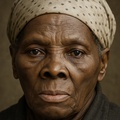

HARRIET TUBMAN (BIOGRAPHY)
By
 Bu Kun
•
2 plays
Bu Kun
•
2 plays
 Bu Kun
•
2 plays
Bu Kun
•
2 plays
0:00 /
0:00
Other insights from Bu Kun


Bu Kun
 Abeokuta, Nigeria
Abeokuta, Nigeria
 Abeokuta, Nigeria
Abeokuta, Nigeria

Referral Earning
Points-to-Coupons
Insights for you.





 64
64









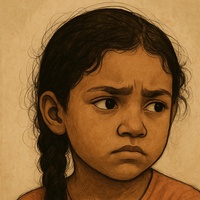
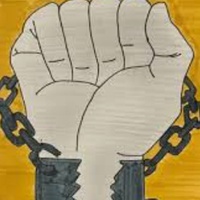


























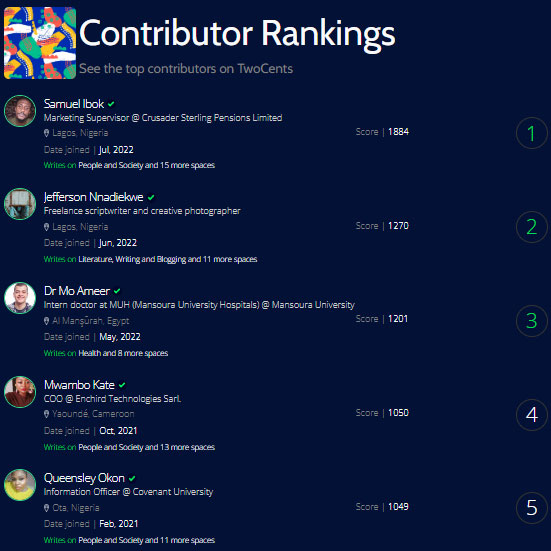






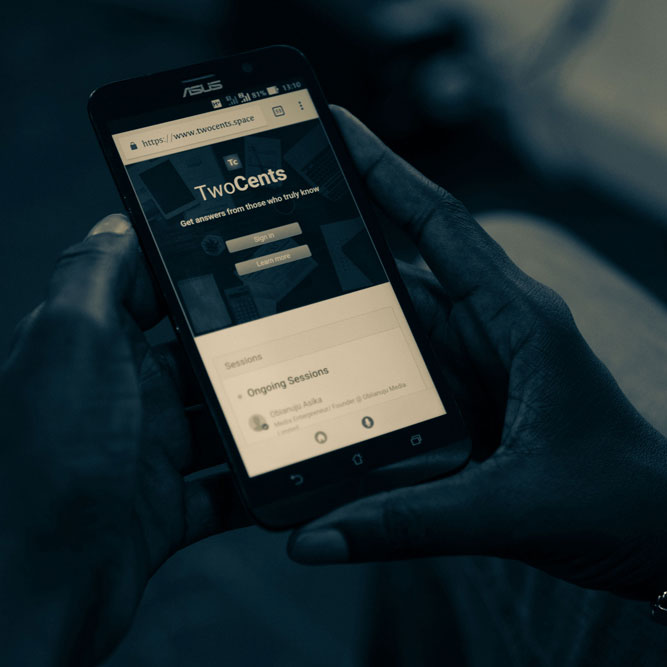
















Comments